Despite what Donald Trump tweets, the U.S. military currently fields a safe, secure, and effective nuclear force that provides a robust deterrent, and it has plans to modernize that force, argues Steven Pifer. It does not need a numerical increase or new nuclear weapons in Europe. This piece originally appeared in Politico Magazine.
On December 23, President-elect Donald Trump tweeted that the United States must “expand its nuclear capability.” Had he written modernize, upgrade, update or renew, no one would have paid much attention. But he seemed to call for a quantitative increase, something Matthew Kroenig endorsed in a December 23 Politico Magazine article.
They are both wrong.
Yes, there are diverse threats out there. But one should keep perspective. The North Koreans are building their small nuclear arsenal, and no one knows for certain whether they have miniaturized a weapon that could fit atop a ballistic missile. But nothing North Korea does could stop the U.S. military—with its current nuclear capability—from obliterating the small country.
China is modestly expanding its nuclear forces. According to the Federation of American Scientists, the number of its warheads on intercontinental ballistic missiles (ICBMs) could exceed 100 a decade from now. Under current plans, the U.S. will then have some 1,500 strategic warheads deployed on its ICBMs and submarine-launched ballistic missiles (SLBMs).
Russia is also modernizing its nuclear forces, in part to ensure that they can penetrate future U.S. missile defenses (which also worry the Chinese). But most of the Kremlin program consists of replacing old stuff with new stuff—much as the United States will be doing in the 2020s.
None of these threats mandates a numerical increase in U.S. nuclear weapons.
Dr. Kroenig raised three points in endorsing Mr. Trump’s tweet. First, he wrote that the U.S. military must modernize all three legs of its strategic triad. That, however, is already in the works. The Pentagon plans to buy new ballistic missile submarines, new ICBMs and new strategic bombers in the next decade.
Some question whether the Pentagon will be able to afford all of that, and its nuclear plans may indeed be more than is necessary. For example, the Air Force developed air-launched cruise missiles in the 1970s because B-52 bombers presented big targets on radar. It’s not clear why a new air-launched cruise missile is needed when the new B-21 bomber will have advanced stealth and electronic warfare capabilities to penetrate sophisticated air defenses.
There is little doubt, however, that the Pentagon is cranking up a robust strategic modernization program.
Dr. Kroenig’s second point calls for increasing the number of deployed U.S. warheads, consistent with the 2010 New Strategic Arms Reduction Treaty (New START). He notes that, according to the September 2016 data exchange with Russia mandated by New START, the U.S. had nearly 200 fewer deployed strategic warheads than the 1,550 it will be permitted when the New START limits take full effect in February 2018.
Dr. Kroenig may misunderstand the data exchange numbers. They represent a snapshot on a particular day. For example, a ballistic missile submarine just coming out of long-term overhaul will have no deployed missiles and thus no deployed warheads. A short time later, when its missiles have been reloaded, that will add almost 100 deployed warheads to the U.S. count.
As the status of strategic systems changes, the numbers go up and down on a regular basis, though the U.S. and Russia exchange data only twice a year. The White House has not told the Pentagon to deploy fewer warheads than New START allows.
Dr. Kroenig is correct that the Russians as of September 2016 were about 250 deployed warheads over the New START limit. They have until February 2018 to reach that limit, and they have lots of old ICBMs and aging submarines that they can retire in order to do so.
Was the temporary Russian numerical advantage destabilizing? Unlikely. In 2013, the U.S. military concluded that it could reduce U.S. deployed strategic warheads by up to one-third below the New START limit with no threat to U.S. security, even if Russia stayed at the limit.
One should also note that the U.S. military could dramatically increase its deployed strategic warheads if need be. Most U.S. ICBMs and SLBMs carry fewer warheads than their capacity. For example, the Trident D5 SLBM can carry eight warheads but, under New START, those missiles will carry on average about 4.5 warheads. Were New START to break down, the U.S. military could add as many as 1,300 ballistic missile warheads to the force by simply putting spare warheads back on ICBMs and SLBMs.
Dr. Kroenig’s third point is that NATO must deploy additional nuclear capabilities, including a nuclear-armed air-to-surface missile, to maintain its deterrent. The NATO alliance, however, has already decided what it requires: Proceed with the on-going modernization of the U.S. B61 nuclear gravity bomb and deployment of the F-35, whose stealth capabilities will make it a formidable delivery system.
There is no need, then, for a new U.S. nuclear weapon in Europe. Many, if not most, NATO allies would oppose introducing a nuclear-armed air-to-surface missile. And those allies most likely to want to host such a weapon are in Central Europe, closer to Russia. Even Dr. Kroenig has recognized, in the Atlantic Council report he cites in the article, that such a deployment would make the weapons more susceptible to pre-emption in a crisis.
Nuclear policymaking should not be conducted by Twitter. A close and careful look at the data shows that the United States currently has sufficient nuclear forces for deterrent requirements plus plans to maintain those forces in the future. There is no need to increase their number.
The Brookings Institution is committed to quality, independence, and impact.
We are supported by a diverse array of funders. In line with our values and policies, each Brookings publication represents the sole views of its author(s).

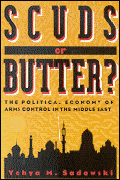

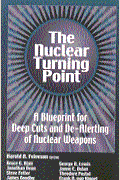
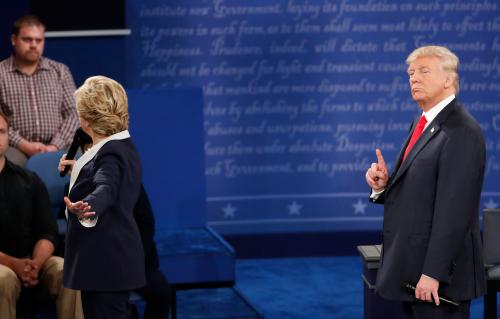
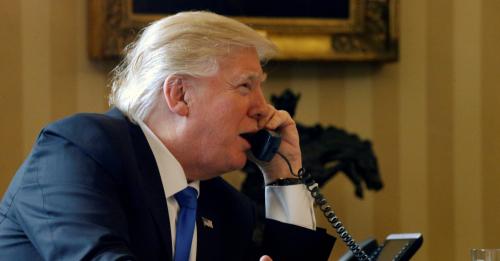
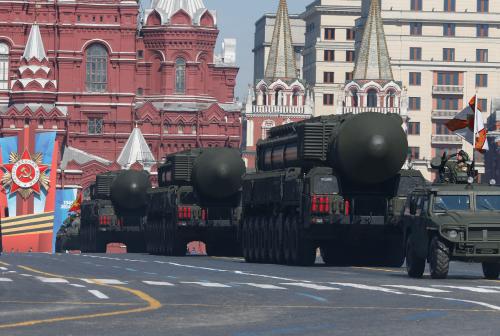




Commentary
No, the U.S. doesn’t need to expand its nuclear weapons program
December 30, 2016